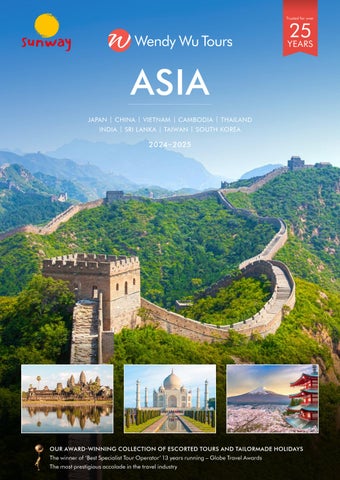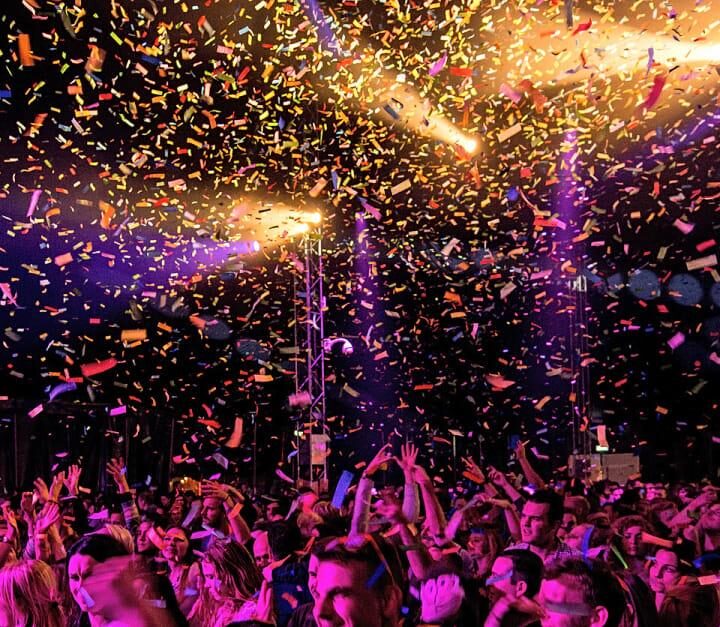For avid cycling fans and sports enthusiasts, the Tour de France is a legendary event that showcases the ultimate test of endurance and skill among cyclists. One of the common questions that arise is, “How many stages are there in the Tour de France?” This prestigious race is divided into 21 stages, covering a total distance of around 3,500 kilometers. Each stage presents a unique challenge, from flat terrains to mountainous climbs, ensuring a thrilling and unpredictable competition.
In this blog, we will delve into the details of each stage, highlighting the diverse terrains and strategic elements that make the Tour de France a captivating spectacle for both participants and spectators alike. Let’s unravel the mystery behind the different stages of this iconic cycling event!
Introduction: Exploring the Tour de France
The Tour de France is an iconic annual multiple-stage bicycle race primarily held in France. Cycling enthusiasts and professionals eagerly anticipate this event each year to witness the ultimate test of endurance, speed, and tactics in the world of cycling.

History of the Tour de France
The Tour de France first took place in 1903 and has since become one of the most prestigious cycling events globally. Over the years, it has evolved to encompass various terrains, challenges, and distances to push cyclists to their limits.
Significance of the Event
The Tour de France consists of multiple stages that traverse different regions of France, offering breathtaking scenery while testing the cyclists’ endurance. Each stage presents unique challenges and opportunities for riders to showcase their skills and strategies.
- Mountain Stages: These stages often feature grueling ascents through the Alps or Pyrenees, testing riders’ climbing abilities.
- Time Trial Stages: Against the clock, cyclists race individually to achieve the fastest time over a set distance.
- Flat Stages: Featuring sprint finishes, these stages are all about speed and tactics in a group setting.
History of the Tour de France
The Tour de France, the iconic cycling race, first took place in 1903, making it one of the oldest and most prestigious in the world. Organized by newspaper L’Auto to boost circulation, the race has evolved over the years, now consisting of 21 stages covering around 3,500 kilometers in total.
Early Years and Origins
Initially conceived as a means to promote the newspaper, the first Tour de France had 6 stages and attracted 60 cyclists. The race was an instant success, capturing the imagination of the French public.
Expansion and Modernization
Over the years, the Tour de France witnessed significant expansion, with the introduction of mountain stages and the famous yellow jersey in 1919. The race grew in stature and popularity, becoming a global phenomenon.
Evolution of the Tour: Changes in Number of Stages
The Tour de France, one of the most prestigious cycling events, has undergone several changes in the number of stages over the years to keep the competition challenging and engaging for both cyclists and fans. Understanding how many stages of the Tour de France there are in a particular year is crucial for following the race closely.
Historical Trends
Originally, the Tour de France had a varying number of stages since its inception in 1903, with the race evolving and adapting to different formats and durations. However, in recent years, the tour generally consists of 21 stages spread over a period of three weeks.
Impact on Strategy
The number of stages in the Tour de France significantly influences team strategies, as riders and coaches must carefully plan their approaches considering the varying terrains and challenges presented in each stage. The increase or decrease in the number of stages can have a profound effect on the overall dynamics of the race.
Current Format: How Many Stages are there in the Tour de France?
The Tour de France is one of the most prestigious cycling events globally, consisting of multiple stages ridden over a period of nearly three weeks. In the current format, the Tour de France comprises a total of 21 stages.
Types of Stages
Out of the 21 stages, there are typically:
- Flat stages
- Mountain stages
- Individual time trial stages
- Team time trial stages
Challenges Faced by Riders
Each stage presents different challenges for the riders in terms of terrain, distance, and weather conditions. The variation in stages tests the cyclists’ endurance, climbing abilities, and sprinting skills.
Challenges Faced by Cyclists in the Different Stages
Cyclists in the Tour de France face various challenges throughout the different stages, testing their endurance, skill, and mental fortitude. Each stage presents unique obstacles that cyclists must overcome to stay competitive in the race.
Mountain Stages
Mountain stages are notoriously grueling, with steep inclines and high altitudes pushing cyclists to their limits. The thin air makes it difficult to breathe, while the relentless climbs demand immense strength and resilience. This stage is often where the race is won or lost.
Time Trial Stages
Time trial stages require cyclists to race against the clock, pushing themselves to achieve top speeds without the help of drafting. The intense focus needed for these stages can be mentally exhausting, as every second counts in gaining a competitive edge. These stages test a cyclist’s individual performance.
- Optimizing aerodynamics
- Maintaining consistent power output
- Navigating technical course elements
Significance of the Final Stage
The final stage of the Tour de France holds immense significance as it culminates the grueling race that spans over multiple stages. The last stage often takes place on the iconic Champs-Élysées in Paris, offering a spectacular backdrop to the climax of the race.
Excitement and Drama
The final stage is where the Yellow Jersey, worn by the overall leader, is fiercely contested. Riders showcase their sprinting prowess, vying for the stage win and sprint classification victory.
This dramatic stage often sees unexpected turns of events, captivating viewers around the world as the race reaches its thrilling conclusion.
Crowning the Champion
The final stage is where the winner of the Tour de France is officially crowned, marking the end of a grueling three-week journey filled with challenges and triumphs.
- Champions from past years
- Victory celebrations
- Tributes to the winner
Impact of the Tour de France on Cycling Culture
The Tour de France, with its 21 grueling stages, has a profound impact on cycling culture worldwide. This prestigious event, held annually, inspires millions of cycling enthusiasts to pursue their passion for the sport. Cyclists and fans eagerly anticipate witnessing the athleticism, endurance, and determination displayed by riders.
Increased Participation in Cycling Events
The Tour de France’s popularity has led to a surge in participation in cycling events and races globally, as individuals seek to emulate the athletes they admire. This increased interest has boosted the cycling community and encouraged healthy lifestyle choices.
Impact on Bike Technology
The Tour de France serves as a testing ground for cutting-edge bike technology. Manufacturers constantly innovate to develop lighter, faster, and more aerodynamic bikes that give riders a competitive edge. This technical evolution influences the broader cycling industry.
Frequently Asked Questions
- How many stages are there in the Tour de France?
- The Tour de France consists of 21 stages in total.
- What are the different types of stages in the Tour de France?
- The stages in the Tour de France include flat stages, hilly stages, mountain stages, individual time trials, and team time trials.
- How long is each stage of the Tour de France?
- The length of each stage varies, ranging from around 100km to over 200km.
- Are there rest days during the Tour de France?
- Yes, there are typically two rest days during the Tour de France to allow the riders to recover.
- How do the stages of the Tour de France impact the outcome of the race?
- Each stage presents different challenges and opportunities for the riders, influencing the overall standings and eventual winner of the race.
Unveiling the Mystery: How Many Stages of the Tour de France?
Final Thoughts
As we conclude our exploration of the Tour de France, we have unveiled the mystery behind the stages that make up this iconic cycling event. With a total of 21 stages spanning over three weeks, the Tour de France offers a challenging and rewarding journey for both cyclists and spectators alike. Understanding the different types of stages, from flat to mountainous terrains, adds depth to the appreciation of this prestigious race. Whether it’s the sprint finishes or the grueling mountain ascents, each stage brings its own excitement and drama. So, the next time you tune in to watch the Tour de France, remember the diversity and intensity of the stages that make it truly legendary.


